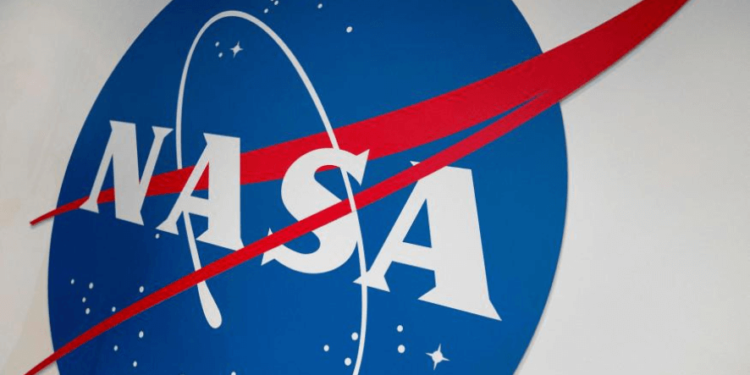NASA is joining the ranks of streaming service providers with the announcement of its forthcoming platform, NASA+. The government agency plans to launch the ad-free and free-of-cost streaming service later this year. The platform’s content will encompass live broadcasts of future space launches, exclusive original series, and a variety of documentaries.
In a statement, Marc Etkind, NASA’s associate administrator of communications, highlighted the agency’s vision for the new platform, saying, “We’re putting space on demand and at your fingertips with NASA’s new streaming platform.” He explained that this digital transformation would enable NASA to better share its narratives of exploration, inspiration through discovery, and innovation for humanity’s benefit.
NASA+ will be accessible through the NASA app available on iOS and Android mobile and tablet devices, and on streaming media players like Roku, Apple TV, and Fire TV. Furthermore, the platform will also be available via the agency’s new beta website.
In addition to the streaming service, the website will house information on NASA’s missions, research, climate data, updates on the Artemis project, and more. The revamped nasa.gov and science.nasa.gov sites aim to offer a topic-driven experience, featuring a unified search engine and integrated navigation.
Currently, NASA utilizes NASA TV for its video content and launch live-streams, providing round-the-clock content on its website and YouTube. The creation of NASA+ signifies the establishment of a dedicated platform for viewers to conveniently access NASA’s content.
NASA CIO Jeff Seaton emphasized the significance of modernizing the agency’s primary websites and improving the public’s online engagement with its content. He stated that these were initial steps in making NASA’s information “more accessible, discoverable and secure.”
Although the specifics of the streaming service’s interface remain undisclosed, NASA’s focus on modernization and content streamlining suggests that the platform may bear a resemblance to interfaces we’ve grown familiar with on other streaming services.
NASA’s move to launch its own streaming service, NASA+, represents an innovative approach to making science and space exploration more accessible and engaging to the public. As a free and ad-free platform, it holds potential to democratize access to quality educational content. However, it will also be crucial to ensure that the platform is user-friendly and its content is curated effectively to cater to a diverse audience. This development could mark a significant step in science communication and public outreach, setting a precedent for other scientific organizations.




















































